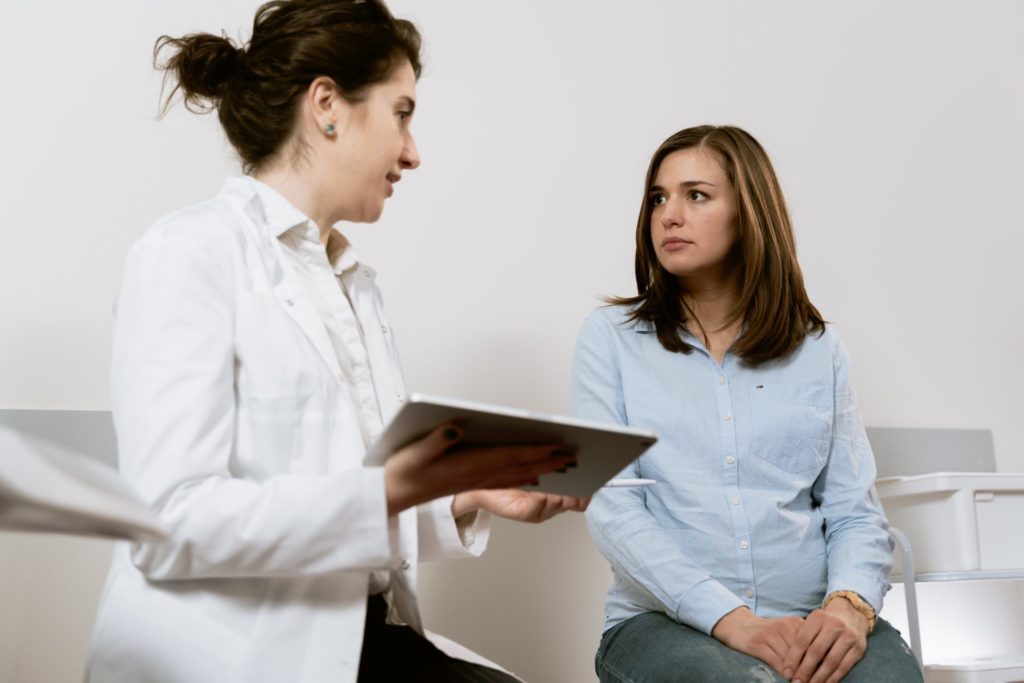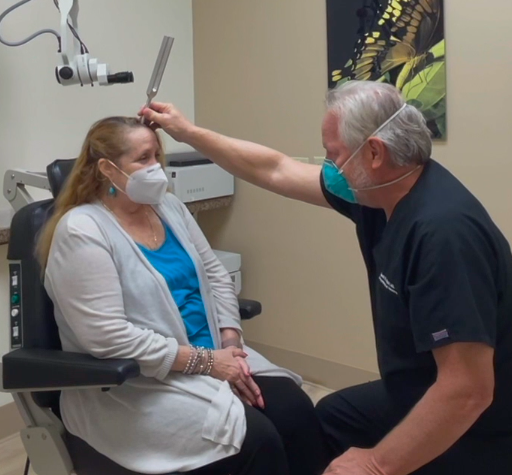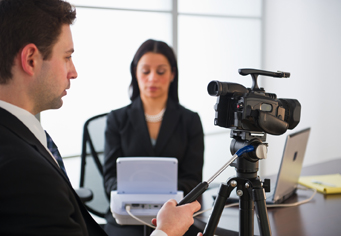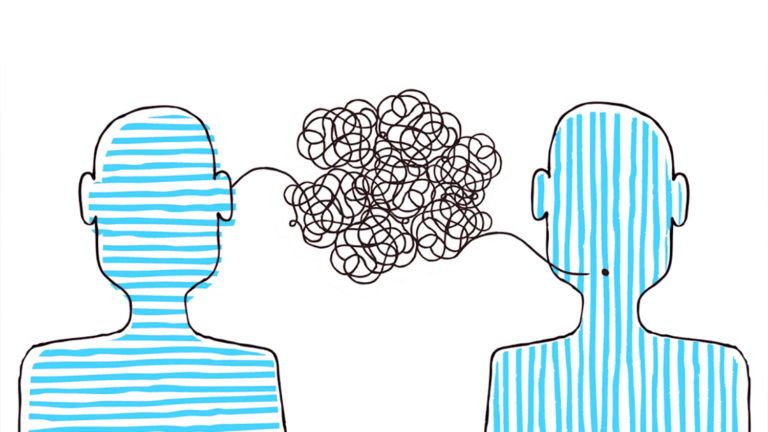How New Discoveries Are Made
The work clinicians do to contribute to breakthrough science
Clinical trials have been used in the world of medicine for years, but now we are seeing an increase in trials that are more ENT-Audiology based. An analysis of trial registration data downloaded from Clinical Trials.gov and utilizing administrative data from the Duke University Medical Center from October 1, 2007 to September 27, 2010 revealed a total of 1115 registered interventional trials assigned to otolaryngology. Of these, head and neck cancer trials predominated. But what is happening in this space in 2021 is nothing short of an explosion. At the time of this article, there are 797 current clinical trials in the hearing loss space as listed on Clinicaltrials.gov. Although head and neck cancer trials are still leading in number, there is a significant uptick in trials for new pharmacological treatments & medications for sensorineural hearing loss, age-related hearing loss, tinnitus, and dizziness just to mention a few. There are also a number of ongoing FDA studies related to different devices used in treating hearing loss.

Our practice is currently involved in 14 clinical trials ranging from procedure trials to medication trials. We have a clinical trial team that finds trials that may interest our physicians and providers, presents them as opportunities for the practice and then applies to the study. There are several steps from the time of application to when a site is accepted for participation in the trial. Each step of the process builds on the other until subject recruitment can begin. Look for our upcoming article on the Business of Clinical Trials.
As an audiologist, I believe some of the most exciting trials today are the studies investigating restoring the cochlear synapse. It is more recently believed that when the cochlear synapse is impaired, it directly impacts a person’s ability to understand in noise. This is supported in research on hidden hearing loss. This article discusses hidden hearing loss at length; the authors suggest this type of selective neural loss may be the physiological basis for many of the cases of hearing disability with a normal audiogram.
If you have been performing audiological testing on patients for any period of time, you most likely have come across a patient with a similar story. A patient presents with a concern about their hearing, you perform a hearing test, and everything appears to be within normal limits. If we weren’t performing speech in noise testing at the time, did we tell them they had normal hearing? did we miss them altogether? I think about early in my career where we assured patients, as did our physicians, that their hearing was “within normal limits”, but was it really hidden hearing loss that went undiagnosed because the current research hadn’t suggested it existed yet, we weren’t performing an expanded standard battery on all patients, or we simply weren’t asking the right questions?
As we know, speech-in-noise testing is often not standardly performed, unless it is tied to a larger work-up like a cochlear implant assessment, an auditory processing disorder battery or part of hearing aid verification. Today, providers have the opportunity to dig a little deeper when the patient’s primary complaint is specifically related to difficulty understanding in noise, and their hearing is within normal limits. In this situation, hidden hearing loss could still be missed without pushing beyond the basic audiometric testing. Now that the clinical trials and research are focused more than ever on hearing loss and other audiologically related symptoms, we need to become even more vigilant by consistently managing patients with robust patient history and expanded standard diagnostic practices.
Within our clinical guidelines at ENTAAF, the Quick Sin is included as part of our standard audiological battery, and still there are times where it isn’t done. It is true that it takes slightly more time, and sometimes that makes it difficult to keep schedules on time. We find that performing the QuickSin or the Words in Noise (WIN) test adds about 3 minutes to the testing battery.
As audiologists, one of the most important things that we can do is to take the lead in educating the other medical providers that are involved in managing our patients with hearing loss. When we provide them with peer reviewed articles that support the benefits of adding this into our regular battery, it better aligns our recommendations. The audiogram has been thought by many to be the picture of what is happening with our patients hearing, but the truth is, we are finding that the basic audiologic battery used in most practices may not be robust enough to tell the whole story.
Listed below are a few things discovered in this journey to gain a better picture of our patient’s hearing health. By adding speech in noise testing to our clinical battery we have seen a number of benefits.
The additional test:
- Assists patients in understanding the complexity of hearing speech in a noisy background.
- Allows us to quantify the degree of difficulty that patients are experiencing when listening in noisy environments and compared against normative data
- Presents a testing environment that mimics where our patients complain they have the most difficulty, in noise.
- Provides insight into those that end up having thresholds within normal limits but still feel they have significant difficult with speech in noise environments.
- Gives us a baseline of performance to assess the benefit and project outcomes for the recommended aural rehabilitation programs.
- Provides a robust group of patients to access information on speech in noise performance, allowing us to participate in clinical trials surrounding cochlear synaptopathy as well as opens up other clinical trials that involve hearing loss & audiological testing.
If your practice location has been involved in clinical trials, then you know that there are several considerations before adding this service into your practice. Look for our upcoming series on the Business of Clinical Trials.








